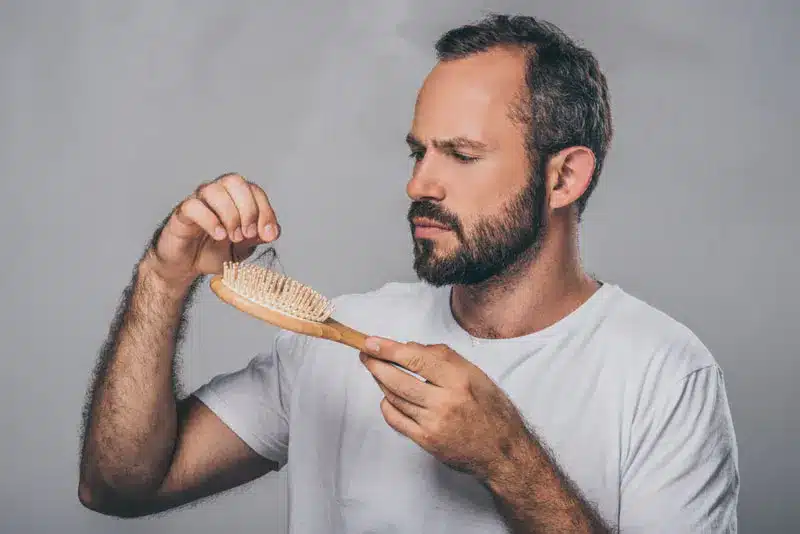Understanding Hair Loss
Daily hair shedding is normal, but excessive hair fall may warrant attention. While male pattern baldness is a frequent cause, various factors can contribute to hair loss. If concerned, consulting a doctor about Propecia (finasteride) may help evaluate options for hair regrowth or loss prevention.
Types of Hair Loss
Hair loss manifests in several forms:
- Telogen effluvium: Occurs 2-3 months post severe illness, surgery, or physical stress.
- Drug-induced: Triggered by medications like heparin, warfarin, or beta-blockers.
- Symptomatic: Linked to conditions like thyroid disorders, lupus, or syphilis.
- Tinea capitis: Fungal scalp infection causing patchy hair loss.
- Alopecia areata: Autoimmune-related, with unpredictable hair loss patterns.
- Traumatic alopecia: Caused by harsh styling, chemicals, or heat damage.
- Hereditary baldness: Most prevalent, influenced by genetics, hormones, and aging.
About Finasteride
Finasteride specifically targets hereditary pattern baldness. Other hair loss types—caused by stress, illness, or medications—often resolve by addressing root causes. Finasteride may not be optimal for these cases.

Propecia Explained
The Leading Hair Loss Treatment
Among numerous hair loss solutions, Propecia (finasteride) remains a top choice for men. Its proven track record and mechanism set it apart. Here’s why:
Finasteride’s Rise to Prominence
Initially developed for prostate enlargement, finasteride (Propecia) unexpectedly promoted hair growth in trials. Merck repurposed it, leading to its 1997 FDA approval as the first oral treatment for male pattern baldness.
How Propecia Works
Propecia combats hair loss by blocking testosterone-to-DHT conversion. DHT shrinks follicles, causing thinning. By reducing DHT, Propecia helps maintain follicle health and slows hair loss progression.

Propecia’s Effectiveness
Clinical studies validate Propecia’s results: 83% of users halted hair loss, while 66% experienced regrowth after two years. Unlike temporary fixes, it requires daily use to sustain benefits—stopping treatment resumes DHT production and hair loss.
Potential Side Effects
Some users report sexual side effects (e.g., reduced libido, erectile dysfunction), which rarely persist post-treatment. Mood changes or rashes are uncommon. Most tolerate finasteride well.
When to Seek Medical Advice
Consult a doctor to determine if Finasteride suits your needs. Proven to combat hair loss and boost confidence, it may be your ideal solution.
Sources:
Healthline: Propecia
Cleveland Clinic: Finasteride
Mayo Clinic: Finasteride Use







